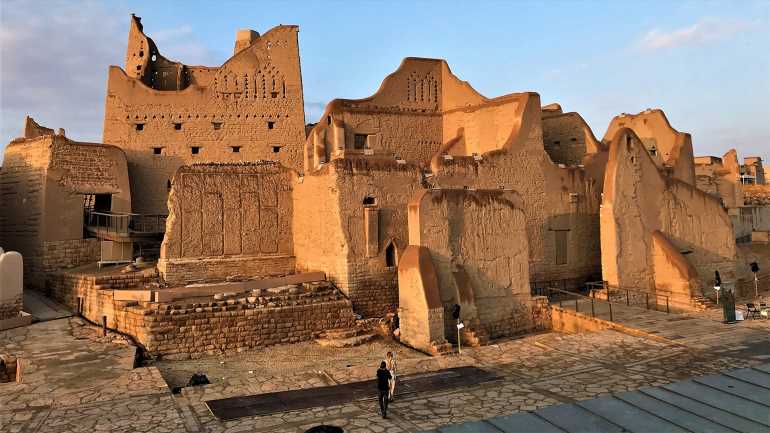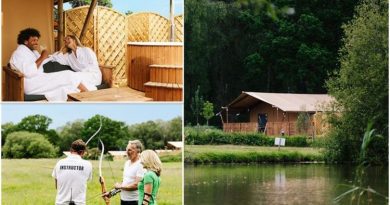Saudi Arabia strives for a starring role on the world's luxe tourism stage
As the world slowly reopens to travel, Saudi Arabia, one of the newest — and, arguably, most unlikely — entrants to the luxury travel scene is upping its already aggressive play to position itself as a global luxury tourism powerhouse.
While it has barely been two years since the kingdom opened its borders to leisure travelers, Saudi Arabia in recent months has made it clear it intends to be not only an international travel hub but also a strong voice in post-pandemic global tourism policy and development arenas.
At the recent World Travel & Tourism Council global summit in Cancun, the kingdom was a key sponsor with a front-and-center on-stage presence.
Just a few weeks later, WTTC CEO Gloria Guevara departed, only to announce shortly thereafter that she had been hired as a senior advisor to Saudi’s minister of tourism.
Also last month, the World Tourism Organization (UNWTO) announced it was opening its first regional office for the Middle East in Riyadh. And it said Riyadh will also be home to an expanded UNWTO International Tourism Academy.
A few days later, the World Bank announced the kingdom had pledged $100 million to its Tourism Community Initiative, a collaboration between the World Bank, the Saudi Ministry of Tourism and the UNWTO to establish a global trust fund exclusively devoted to tourism.
• From the Window Seat: Leisure travelers enter the kingdom
Additionally, in a sign the country plans to aggressively promote its luxury offerings in the West, the luxury travel show ILTM said Saudi Arabia will have its first presence — and a substantial one at that — at its regional event for North American travel advisors in Mexico in September.
The moves, which are no doubt accompanied by massive financial contributions to global tourism organizations like the UNWTO, come as the kingdom makes headway on some of the most ambitious tourism development projects the world has seen in recent years.
Those include multibillion-dollar investments to develop luxury centers at the historic site of Diriyah, known as the birthplace of the Saudi state, and across a massive, previously untouched swath of the Red Sea.
A recent announcement from the Red Sea Project said it is on track to begin welcoming visitors to the eco-focused development by the end of 2022. The first phase will include 16 luxury hotels with some 3,000 rooms across five islands and two inland locations. Upon completion in 2030, the Red Sea Project anticipates 50 hotels with 8,000 hotel rooms and some 1,300 residential properties across 22 islands and six inland sites.
Additionally, Saudi Arabia earlier this year announced the formation of Cruise Saudi, a publicly funded effort to develop ports, destinations and excursion options to attract more cruising to the Red Sea and the Persian Gulf.
The investments are impressive, and on a scale few countries could match. Still, they raise the question: Just because they build them, will Western tourists come?
• Related: Saudis want to build tourism — but an they can they end an alien-hostile culture?
Besides long-standing global aversion to the country’s historical oppression of women and human rights violations, the kingdom has yet to give any indication it will ease its ban on alcohol, arguably a key amenity for Western luxury travelers.
Richard Branson, one of the first private investors to join the Red Sea Project, pulled out after the murder of Washington Post journalist and Saudi citizen Jamal Kashoggi at the Saudi consulate in Istanbul in 2018.
Yet other big players and global tourism organizations are clearly eager to join and support Saudi’s big tourism play.
Given that growing support, one can only assume that more changes are on the horizon to ease Western hesitation about the kingdom’s strict adherence to the Wahabi interpretation of Islam and historical reputation as a less-than-welcoming travel destination.
Source: Read Full Article




